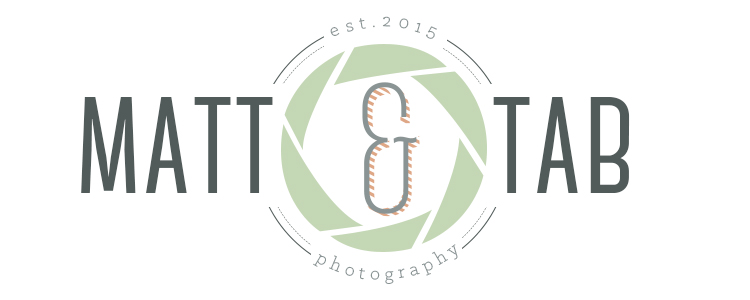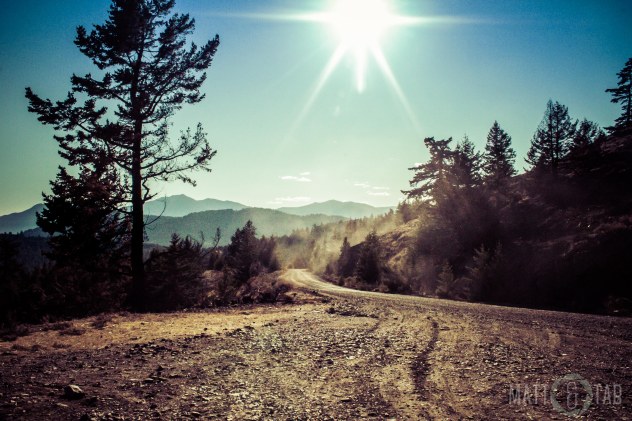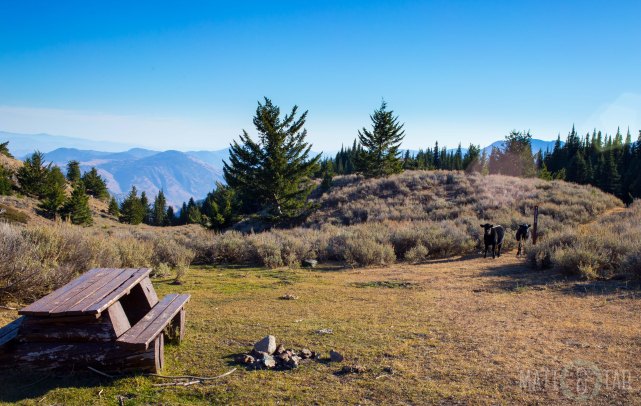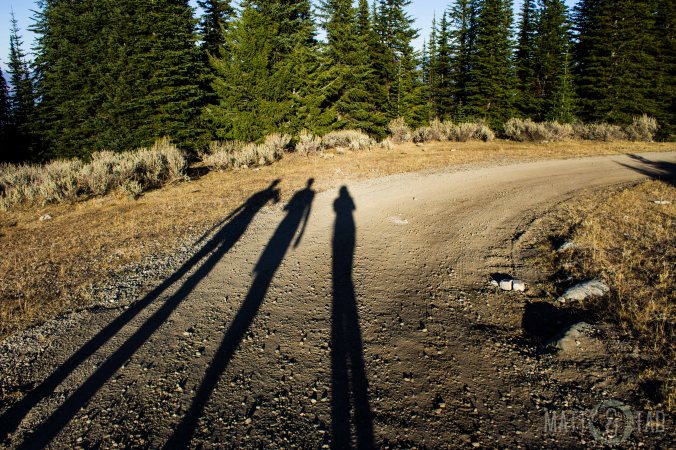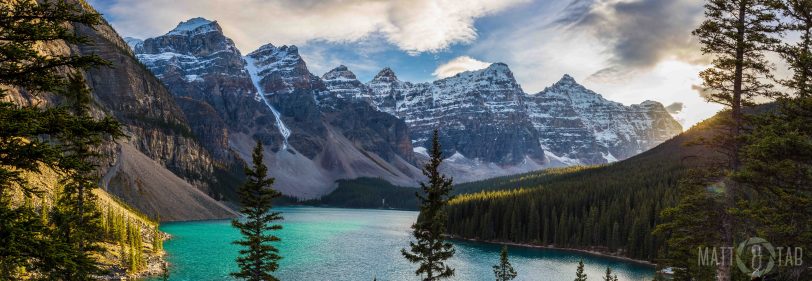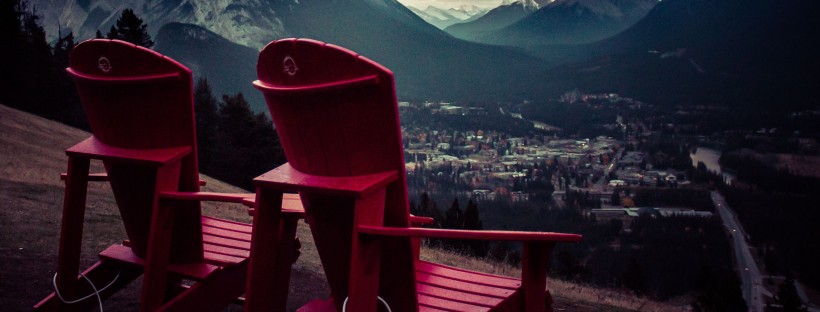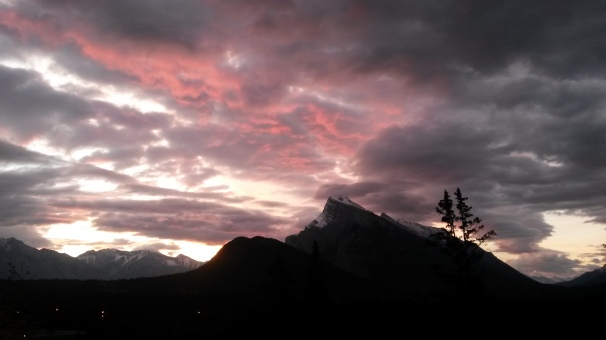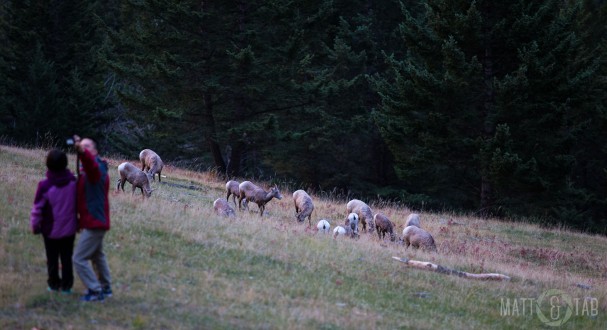Our My Photovation weekly photography challenge is aimed at helping us sharpen our photography skills. But, it’s not just about us. We want anyone who is interested in getting better at photography to join in.
Whether you’re shooting with a DSLR, point-and-shoot, or a smartphone this challenge is for you. Like what Matt wrote about in his last post, you don’t need fancy equipment, you just need to take photos!
So, don’t be shy! Join in at anytime! You can search #MyPhotovation and see examples from other people who have contributed. If you wish to join our challenge, just use #MyPhotovation on Twitter or Instagram.
This week’s theme for the My Photovation Challenge is: contrast.
Contrast is an important tool for a photographer. It serves compositional tool that adds interest and allows you to direct the attention of the photo to the subject.
There are a lot of different types of contrast.
- Tonal contrast
- Color contrast
- Light contrast
- Texture contrast
- Size contrast
- New and old
- Still and moving
- Young and old
Tonal and color are probably the most popular and well known forms of contrast.
In preparing this post, we realized that contrast was a weakness for both of us as photographers. Going through our archives we realized we didn’t have many examples other than tonal contrast.
Tonal contrast is about the darkest and lightest elements of the photo, and the grey areas between.
It’s important to black and white photography. As Tab mentioned in a post a while back, black and white are great at conveying emotion. Contrast can impact what kind of emotions you bringing out in your photo. A high contrast image will be stark and dramatic, while a lower contrast image can have a lighter, airy feel.
For example, your subject often determines the mood, or emotion you will want to convey. A dramatic portrait of an individual, a mountain, a piece of impressive architecture, these you would want to create a more powerful, dramatic mood. Silhouettes are a great way to practice this one!
Examples of high contrast black and white images:
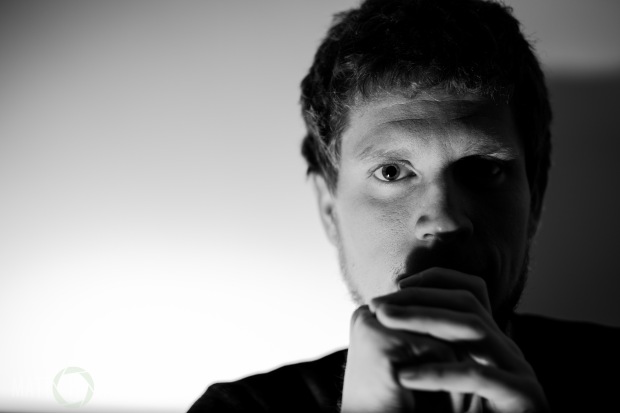
A dramatic, thought-provoking portrait of Matt © Tabitha Friesen
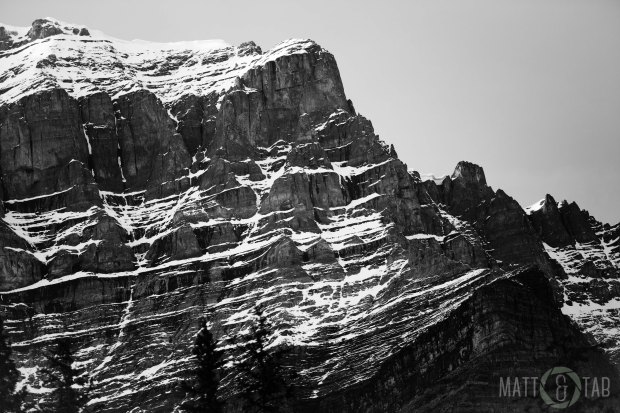
Close up of one of the Ten Peaks at Moraine lake © Matthew Friesen
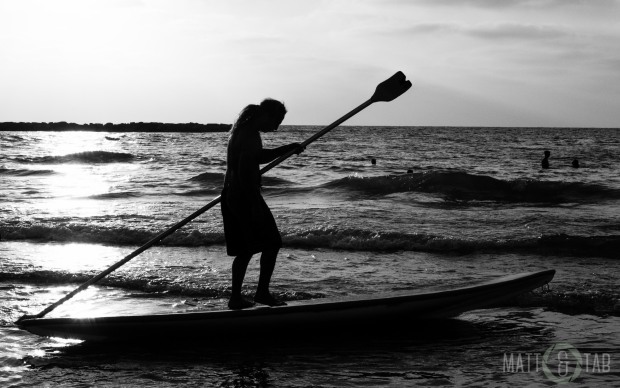
A silhouette of a man on a paddle board, at Tel Aviv beach © Tabitha Friesen
Low contrast images are great for portraits where you want the mood to be softer and lighter. For instance if you are photographing people laughing, or a child playing having a lower contrast image may be best.
Examples of low contrast black and white images:

© Tabitha Friesen (2014)
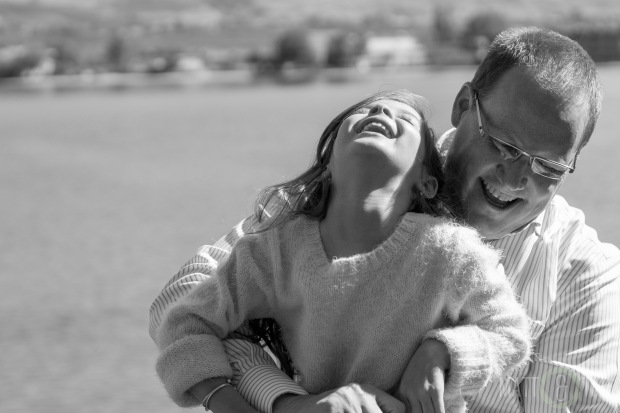
© Tabitha Friesen
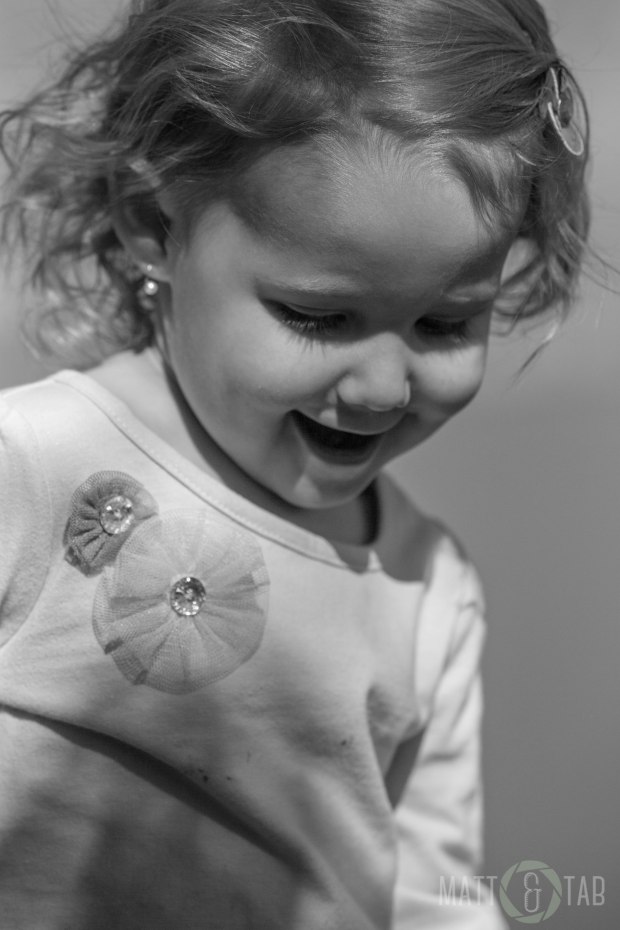
© Matthew Friesen
So that’s tonal contrast! The rest of this week we will be working on strengthening our ability to capture the other types of contrast. These different types can create really striking images that not draw the viewer into the photo, but into the story. It will probably take us more than a week to get this technique down, but it is well worth the try.
Other important types of contrast to remember:
Light
Texture
Size
New and old
Still and moving
Young and old
Do you have a favorite type of contrast? Is it something you think you need to work on as a photographer? Join our challenge this week! Post your contrast photos on Twitter or Instagram using #MyPhotovation!
Thanks for reading!
-Matt & Tab
